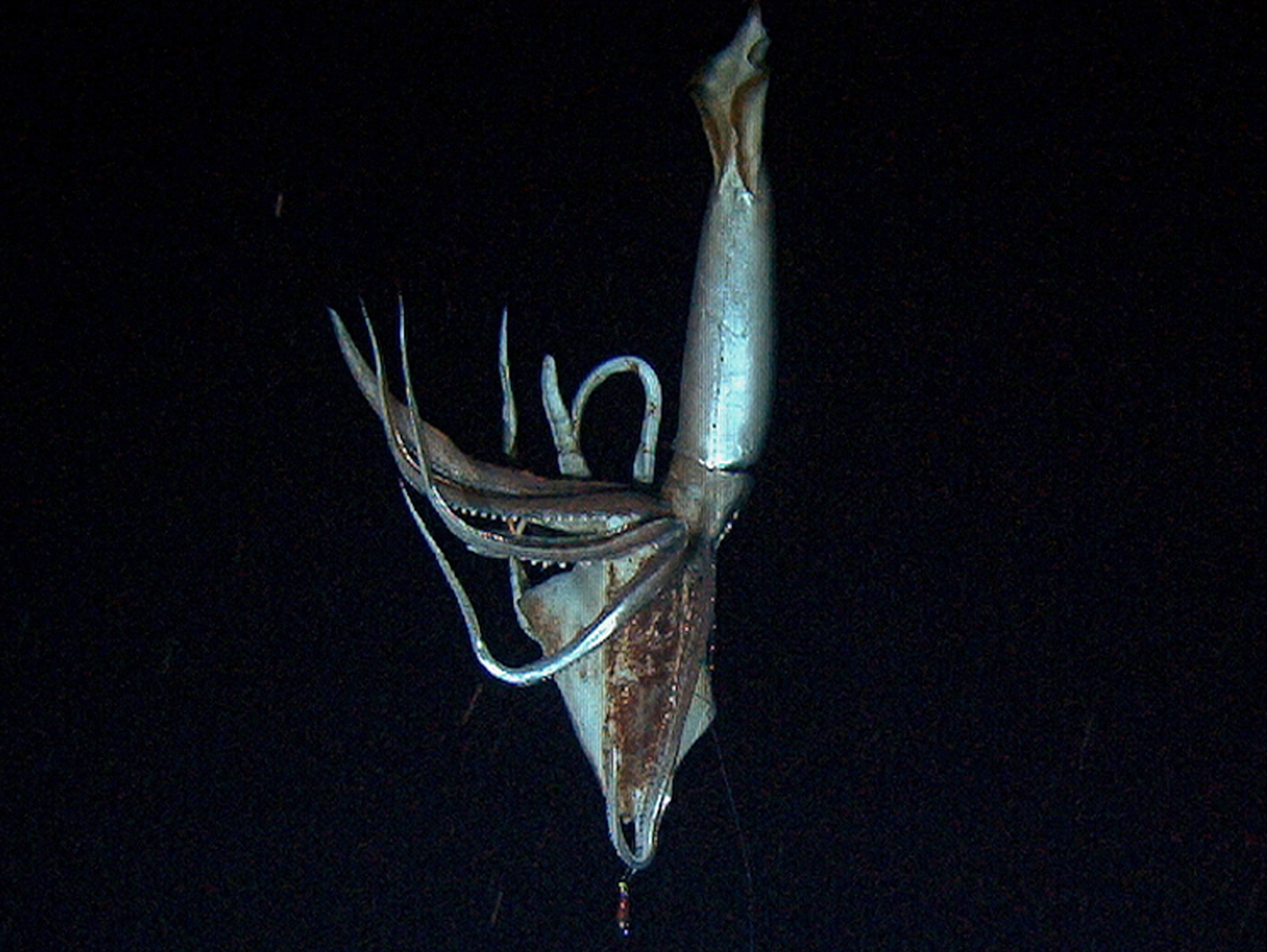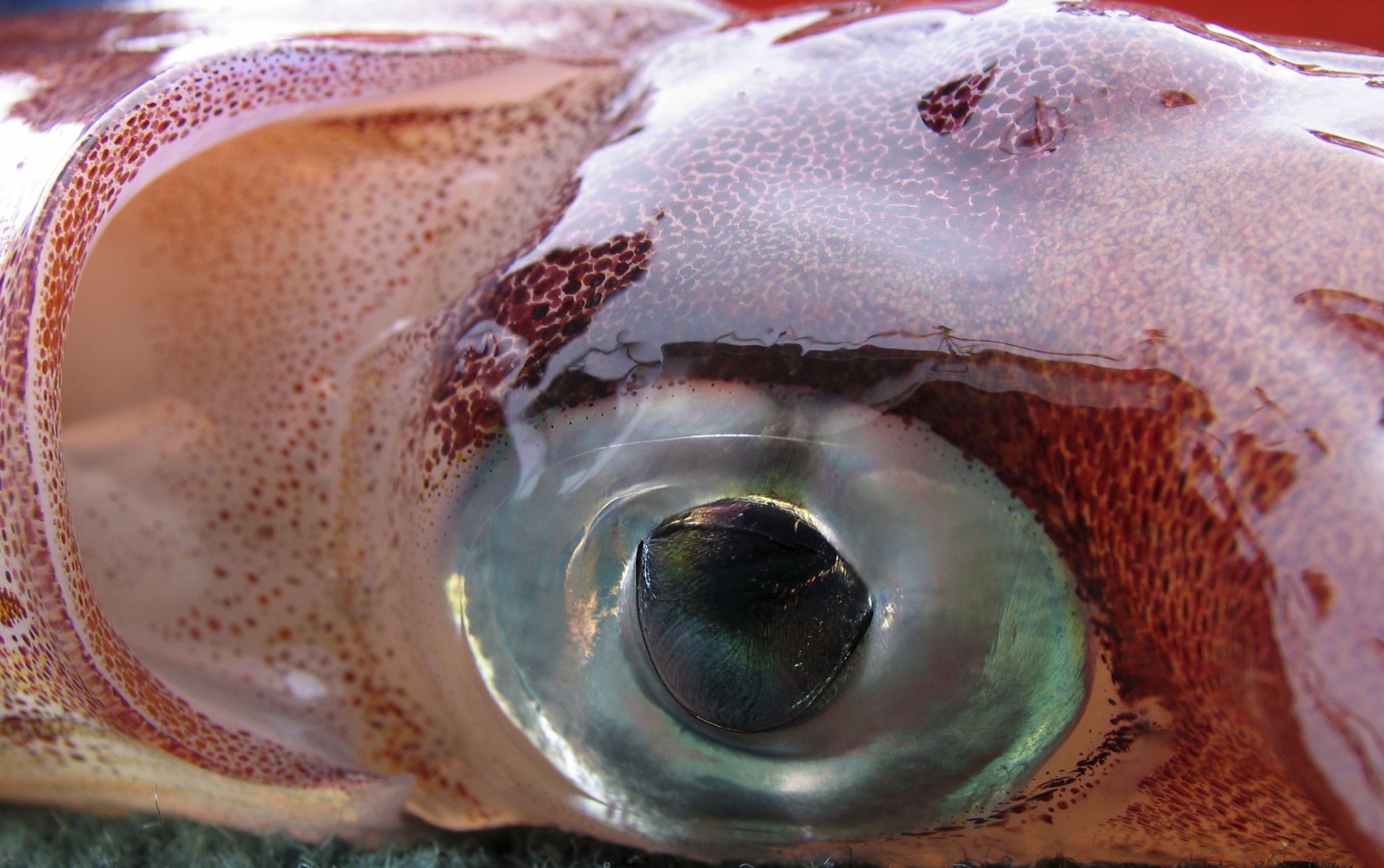

“How can something be global but have so little variation?” Other researchers, however, argue that there may be as many as eight Architeuthis species out there.

“It’s completely bizarre,” geneticist Thomas Gilbert said. The giant squid gene pool seemed abnormally shallow-all 43 subjects were pretty much indistinguishable in this regard. There may be just one known species.Ī genetic analysis in 2013 suggested that Architeuthis duxis the only species of giant squid, as revealed by a comparison of 43 specimens from around the world. This organ rests inside their beaks and is covered with seven rows of denticles-sharp, toothy, backwards-pointing protrusions. Instead of a proper tongue, they use a radula. Reports of 60- and 70-footers have never been verified scientifically. 4.The giant squid’s maximum length is about 43 feet.Īt least, that’s what the available evidence tells us. While under attack, the squid often retaliate by inflicting large, circular wounds, courtesy of the serrated rings around each sucker. The giant squid's main enemy is the sperm whale. Giant squid suckers can leave ugly battle scars. On average, female giant squid are around twice the size of males from the tip of their beaks to the ends of their two longest tentacles.

Female giant squid are bigger than males. It's like a collapsed plastic bag,” biologist Dan-Eric Nilsson told NPR in 2012. Instead, they’re filled with water, which leaks out once the invertebrate dies. Smithsonian Institution, Wikimedia Commons // Public DomainĪ staggering 10.5 inches across, a squid’s eyeballs lack the jelly-like substance that gives ours their shape.


 0 kommentar(er)
0 kommentar(er)
